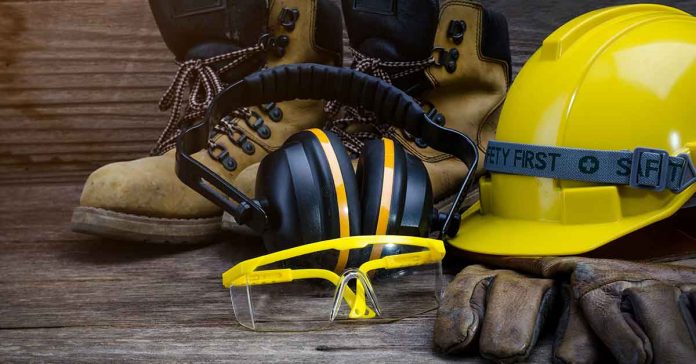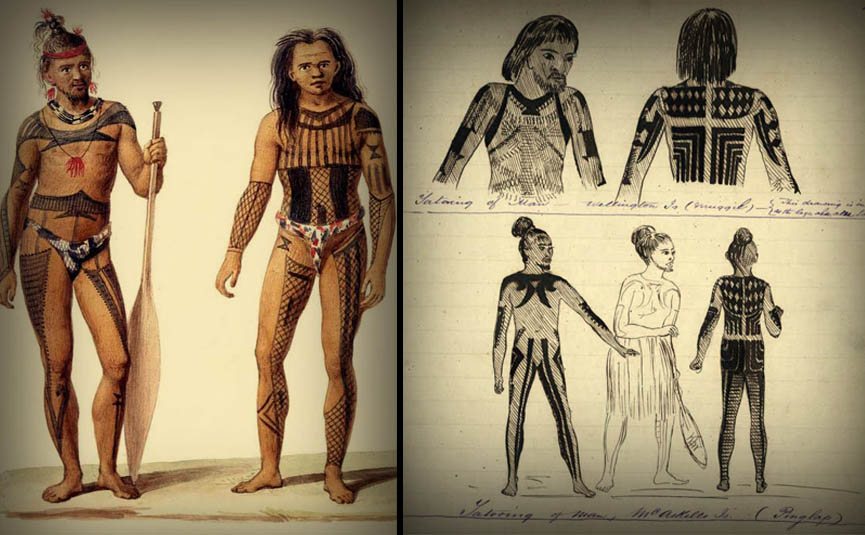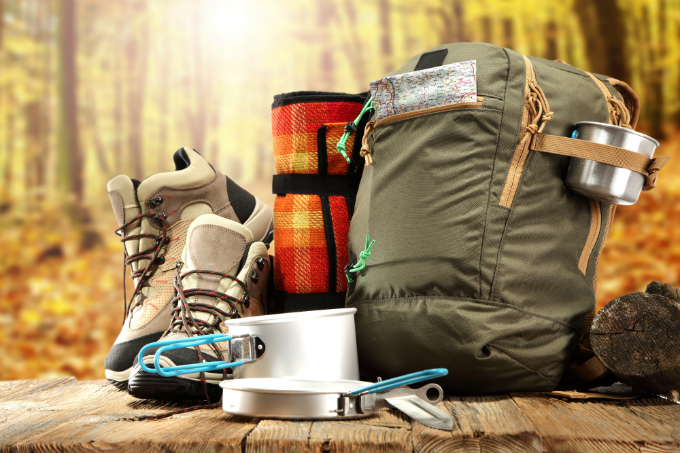Efficiency is critical for any industry and as a business owner you want to do everything that is in your power to increase efficiency at the workplace. Providing maximum security and stability to get the job done is one of the first points, to begin with. If the employees feel safe and protected, their productivity will increase and can help your business grow, so make sure to invest in PPE safety gear to ensure they can work safely at all times.
What is PPE Safety Equipment?
Personal protective equipment (PPE) is worn to minimise exposure to hazards at the workplace, physical, chemical, electrical, mechanical, radiological etc., that can cause serious illnesses and injuries. As an employer, it’s your legal duty to provide employees with safety equipment and ensure that every worker has access to it. Workers whose jobs could put them at risk need to receive information about the hazards they might be exposed to at the workplace and training about protecting themselves and using the safety gear right.
PPE can include items such as gloves, hard hats, earplugs or earmuffs, safety glasses, respiratory protective equipment (RPE) and more. You can find a wide range of PPE safety gear to increase workplace safety in any type of working environment, from low-risk to high-risk areas, and protect employees, contractors or visitors from potential hazards.
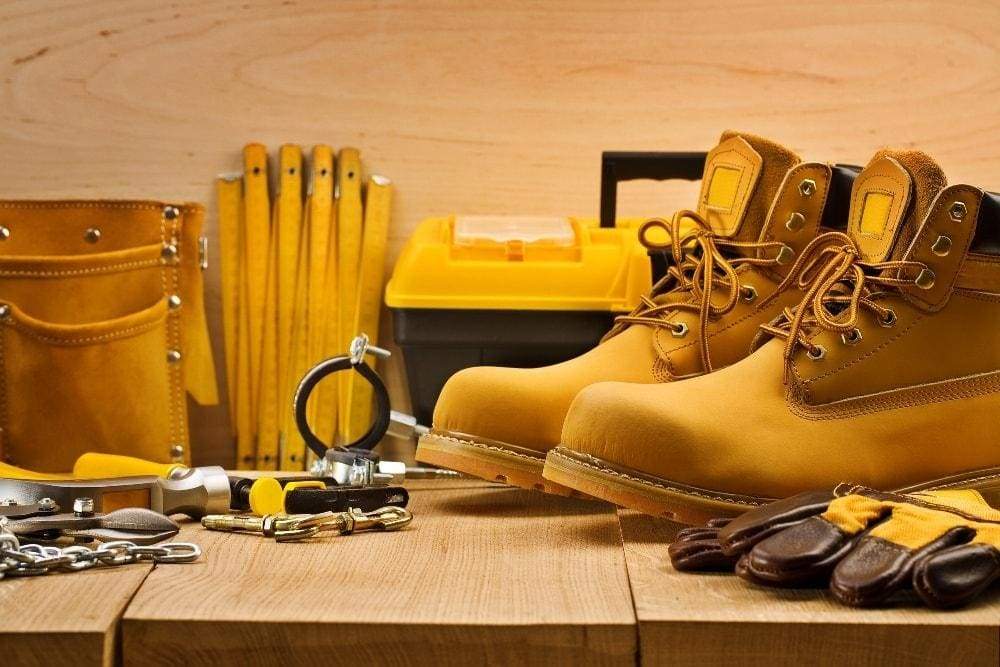
How to Choose PPE Safety Equipment for Your Workplace
There are various types of PPE available on the market, so you can select anything you need for different tasks, from handling different types of hand trucks to working on a construction site and everything in between. To help you narrow down your options, here are a few tips that may help you choose the right safety equipment for your employees.
Assessment to the Risks
Check all the safety standards that are applicable to your work activities and your workplace and depending on whether there is a risk of impact or exposure to hazardous substances, you can prepare a safety equipment list with all the items needed. That’s why it’s important to make a suitable risk assessment before you choose PPE and before the work begins.
What are the Different Types of PPE?
Head and Face Protection
To avoid harm from falling materials or swinging objects and protect the head from knocking against stationary objects, the workers must wear hard hats, helmets, guards, bump caps and more. While protecting the head, most of these items protect other parts of the body as well, such as the nose, ears and neck.
All forms of head protection must be suitable and correctly fitted. Head protection is mostly needed in construction sites, building repair, work with bolt driving tools, work in tunnels or excavations and many other tasks.

Eye Protection
The eyes are fragile and are some of the most complex parts of the human body. To prevent eye injuries, you can consider safety glasses, safety goggles, visors, face shields and more. Eyes protection is required when there is a risk of splashes when handling hazardous substances, welding operations, working with lasers and other tasks that can potentially harm the eyes.
Respiratory Protection
Since we are living in the times of the coronavirus pandemic, wearing a mask at work is a normal thing, but this type of PPE has always been present in working environments with large amounts of gases, dust, powders and vapours.
Hearing Protection
If you work in an environment with high sound levels, you will need to invest in earplugs, ear defenders, noise meters, acoustic foam and more.
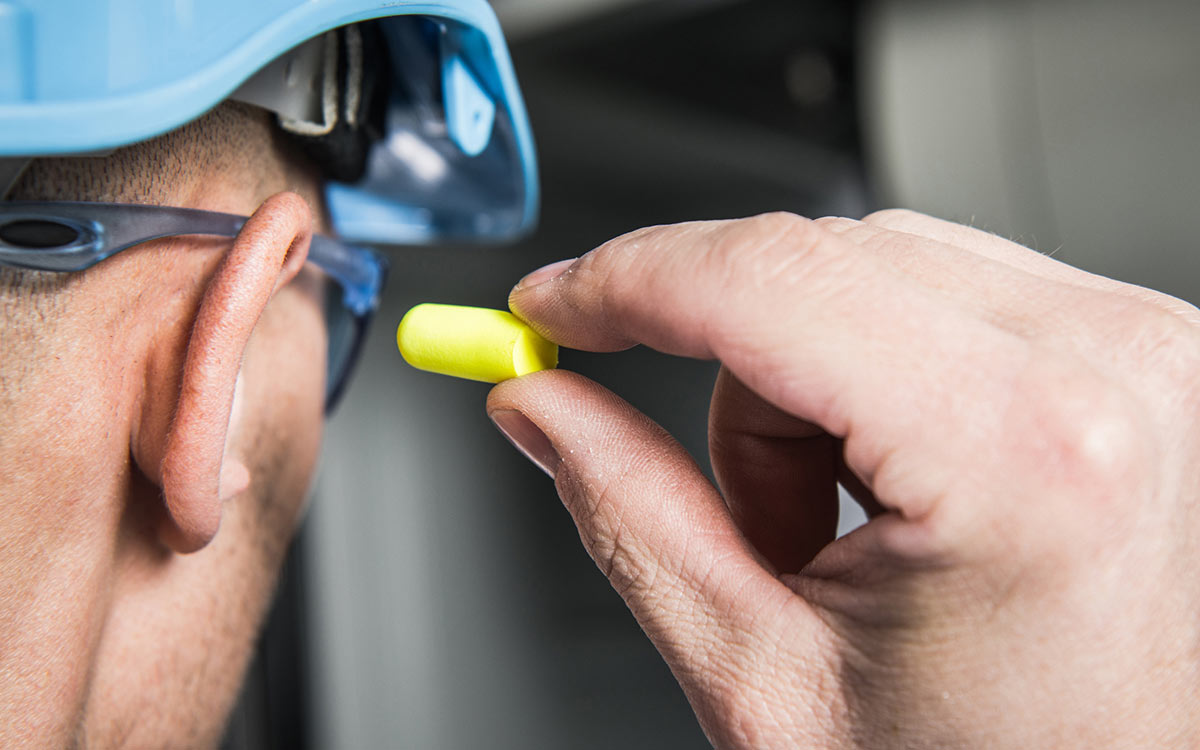
Hand and Arm Protection
Unfortunately, hands and fingers are some of the most often injured body parts. Gloves are essential to protecting hands and fingers and should be used only under the specific conditions they are designed for. Sleeves are used to protect the forearms and upper arms. Hand and arm protection is needed most when working with vibrating equipment, manual handling of sharp or pointed objects such as glass cutting and handling, working with hazardous substances, construction and outdoor work.
Foot Protection
Safety shoes and boots are necessary to protect the feet against heavy weight, extreme temperatures, crushing, slipping, cutting and other potential hazards.
Body Protection
PPE for body protection is required when working outdoors, to provide protection against various weather conditions, ensure visibility of users and ensure protection against entanglement, drowning etc. It includes life jackets, high visibility clothing, weather wear, overalls, coveralls, bodysuits, knee pads, gaiters and more.
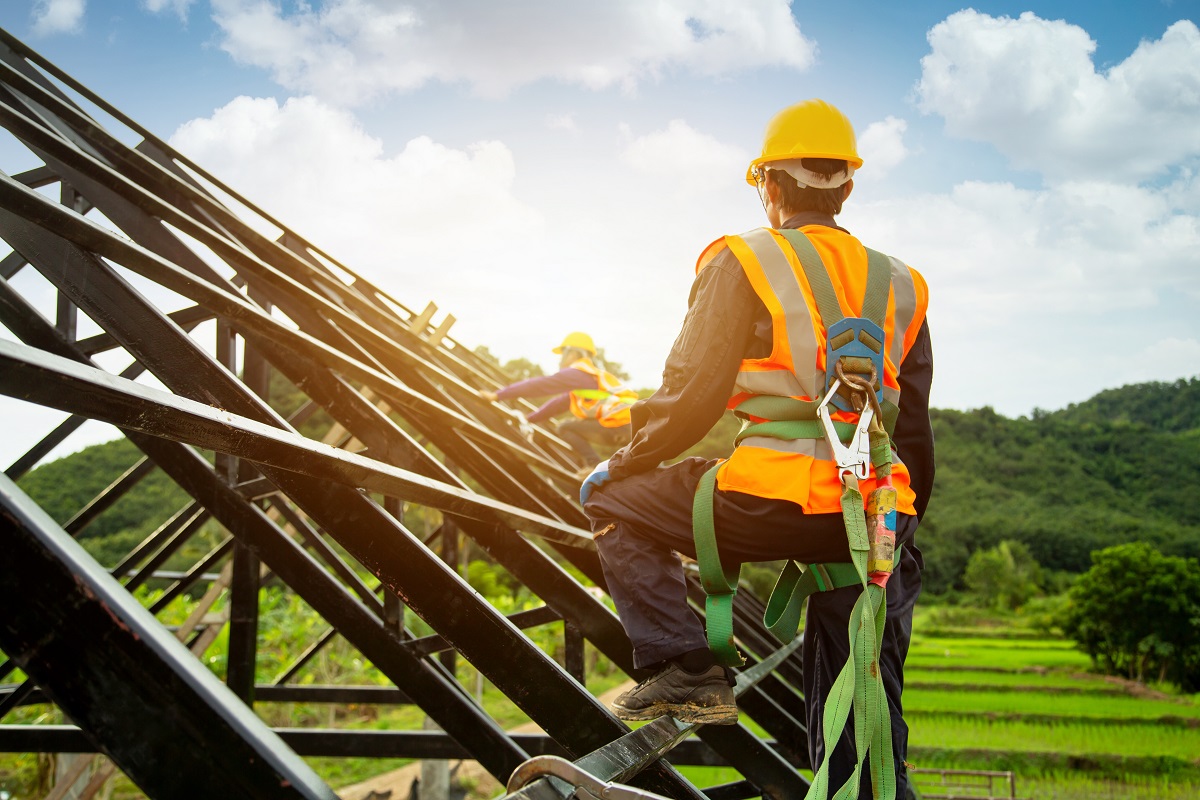
Fall Protection
This is a highly specialised type of safety gear and requires thorough training before the employees are allowed to use it. Fall arrest systems, body and lowering harnesses, energy absorbers etc. are just some of the PPE you will need.
As an employee, you have to understand your responsibilities and make sure to keep your workers safe. After providing PPE, you need to provide proper information and training as well and ensure that every worker is using the safety gear correctly. It’s important to select PPE designed and manufactured to high standards and ensure it fits properly and is comfortable to wear.
Lastly, it’s important to understand the need for proper use, maintenance, storage and disposal of the safety gear. Make sure to follow the manufacturer’s instructions for the use and cleaning of PPE, so it will stay in a good shape and last longer.

